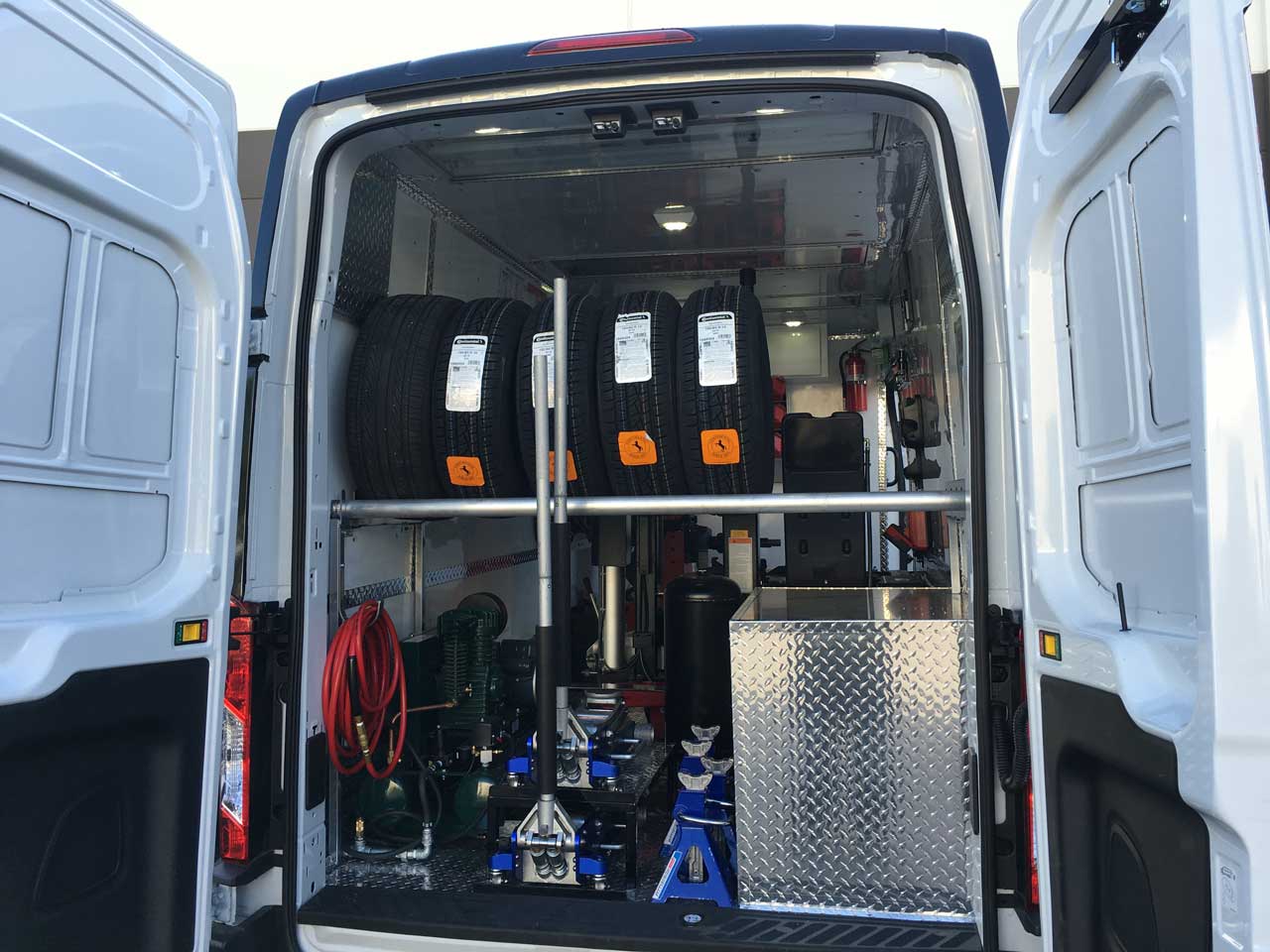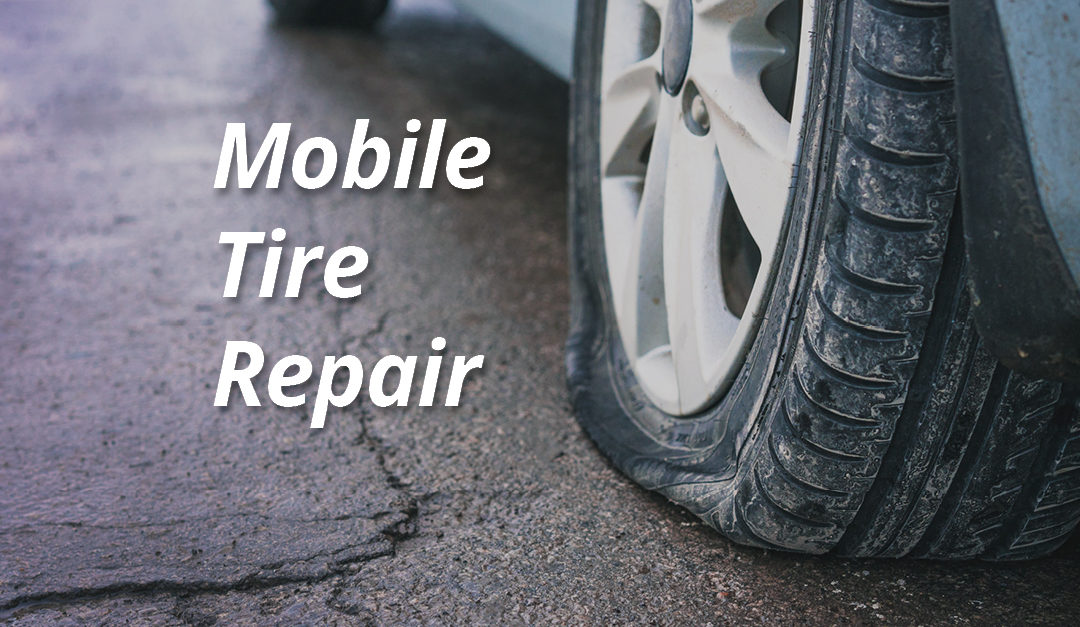Trusted Mobile Tire Service Las Vegas - On-Time Solutions
Trusted Mobile Tire Service Las Vegas - On-Time Solutions
Blog Article
Tire Service: Proven Methods for Optimal Tire Upkeep and Care
Preserving ideal tire condition is critical for both safety and security and performance of any car. From making certain appropriate tire stress to routine turning and alignment, there are proven techniques that can dramatically prolong the life-span of your tires and enhance total driving experience. As we discover the complexities of tire care and upkeep, we will uncover vital standards that every automobile owner should comply with for the best feasible outcomes. Allow's look into the globe of tire service and uncover the keys to maintaining your tires in excellent shape for the long run.
Importance of Tire Stress
Proper tire stress is an essential factor in making certain optimum vehicle performance and safety and security when traveling. Preserving the advised tire pressure degrees provided by the producer supplies various advantages. Firstly, adequate tire stress advertises far better gas effectiveness, as under-inflated tires can lead to enhanced rolling resistance, causing the engine to work harder and eat more gas. Second of all, right tire stress ensures also walk wear, enhancing tire durability and saving money in the lengthy run by postponing the need for early substitutes. Additionally, effectively blew up tires add to improved handling and braking capabilities, important for safe driving in various roadway problems. Over-inflated tires, on the other hand, can lead to minimized grip and a harsher ride. Alternatively, under-inflated tires are susceptible to getting too hot, which can lead to accidents and blowouts. On a regular basis adjusting and examining tire stress, especially before lengthy trips, is a simple yet efficient way to enhance lorry efficiency, prolong tire lifespan, and focus on safety and security when driving.
Tire Turning Standards
When considering tire rotation guidelines, it is vital to understand the importance of this upkeep job in taking full advantage of tire lifespan and preserving optimum automobile efficiency. Tire turning involves changing the setting of each tire on a car to guarantee even step wear. Front tires tend to put on a lot more quickly than back tires as a result of guiding forces, making normal rotation crucial for balanced wear patterns. The recommended turning pattern differs depending on whether a lorry is front-wheel, rear-wheel, all-wheel, or four-wheel drive. Usually, tires must be revolved every 5,000 to 7,500 miles, or as suggested in the automobile guidebook. Disregarding tire turning can cause irregular wear, affecting handling, traction, and possibly compromising vehicle security. By sticking to appropriate rotation standards, drivers can expand the life of their tires, improve gas performance, and enhance overall driving experience. Normal rotation is a straightforward yet efficient upkeep practice that contributes significantly to tire longevity and vehicle performance.

Advantages of Wheel Positioning
Ensuring proper wheel positioning after tire rotation is critical for keeping well balanced wear patterns and making best use of automobile performance. In addition, appropriate wheel placement aids to expand the life-span of your tires. Misaligned wheels can create uneven tire wear, leading to early tire replacement and raised upkeep expenses.

Tire Tread Depth Inspect
Performing a normal assessment of tire tread go to my site depth is important for preserving risk-free driving problems and lengthening the lifespan of your tires. The walk on your tires plays a vital function in providing grip, particularly in slippery or damp conditions. To check your tire walk depth, you can make use of a walk deepness scale or the cent test. The advised tread depth goes to the very least 2/32 of an inch. It is time to change your tires to ensure optimum efficiency and safety and security on the roadway if the step depth is below this threshold. Irregular step wear can indicate concerns with tire stress, suspension, or alignment, highlighting the value of normal tread depth checks. Overlooking to keep an eye on and preserve appropriate tread depth can result in reduced hold, longer stopping ranges, and an enhanced threat of hydroplaning. By incorporating tire walk depth look into your regular maintenance schedule, you can drive with confidence understanding that your tires remain in top problem.
Seasonal Tire Inspection
Seasonal tire assessment is a basic element of tire upkeep that guarantees tires are all set to face the challenges postured by different climate problems. In preparation for winter, it is crucial to inspect the tire pressure consistently as cool temperatures can cause tire stress to go down. By conducting regular seasonal tire examinations, vehicle drivers can prolong tire life-span, boost gas performance, and most significantly, guarantee a safe driving experience in varying weather conditions.
Final Thought
In verdict, keeping correct tire stress, turning tires frequently, lining up wheels properly, keeping an eye on walk deepness, and performing seasonal examinations are important practices for ideal tire care. By complying with these proven methods, vehicle drivers can guarantee check my site their tires last much longer, carry out much better, and add to overall vehicle safety. It is necessary to focus on tire maintenance to avoid mishaps, boost fuel performance, and lengthen the life expectancy of tires.
Sufficient tire stress promotes better gas effectiveness, as under-inflated tires can lead to raised rolling resistance, triggering the engine to function more challenging and take in even more gas.When thinking about tire turning guidelines, it is important to understand the significance of this maintenance task in making best use of tire life expectancy and maintaining optimum automobile performance. Seasonal tire examination is an essential element of tire maintenance that guarantees tires are prepared to encounter the challenges presented by different weather condition conditions. By performing routine seasonal tire evaluations, vehicle drivers can lengthen tire lifespan, boost gas effectiveness, and most importantly, guarantee a safe and secure driving experience in varying climate conditions.
In final thought, keeping correct tire stress, revolving tires on a regular basis, lining up wheels correctly, checking walk deepness, and carrying out seasonal inspections are essential practices for optimum tire treatment.
Report this page